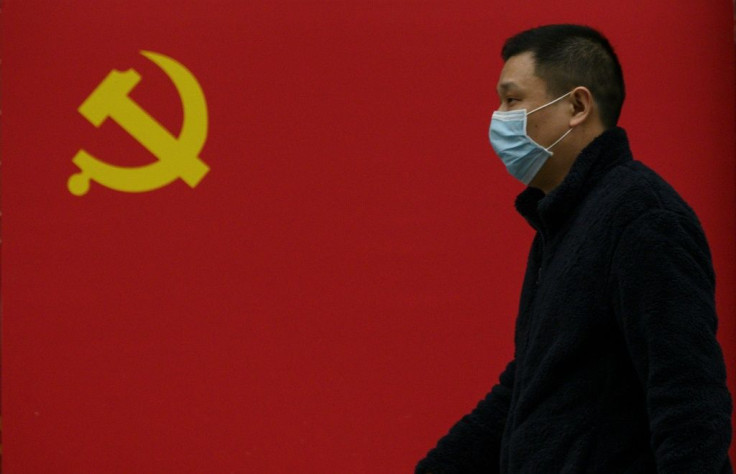Fearing A Second Wave Of Coronavirus, Parts of China Going Back Into Lockdown

Scottish novelist Walter Scott (1771-1832) is credited with the quote, “Oh, what a tangled web we weave... when first we practice to deceive.” In China, that “tangled web” may be coming home to haunt the Communist giant with fears of a second wave of coronavirus revisiting the county of its origin.
The South China Morning Post reported that the Henan province in central China may have gone into lockdown with roughly 600,000 residents told to stay inside their homes.
There is other evidence that the true situation is not as rosy as the image China would like to project:
- China’s National Sports Bureau issued a directive issued on Tuesday banning all events by “sporting bodies” that could draw large crowds.
- This past weekend, Beijing took steps to close its borders to foreigners fearing a second wave could be triggered by infected people not yet showing any symptoms.
- In Wuhan, the likely location of “patient zero”, the Wuhan Party Chief Wang Zhonglin urged residents anxious to emerge from the lockdown to keep up prevention and control precautions and to remain home if possible.
- The most telling sign may be the announcement that the national college entrance exam, called the “gaokao exam”, will be delayed by at least a month.
The exam is a major event for students and their families. Prospective college students in the U.S. can overcome a poor showing on the SAT and rise to the highest levels in the workplace with or without a degree.
But in China, scores on the gaokao exam is a major determinant for Chinese students as to their future as a laborer (blue-collar) or the chance to move into higher career levels (white-collar). In 2019 ten million Chinese students took the test.
Skepticism is growing over the coronavirus statistics that China has reported to the rest of the world:
- China’s “official tally” is about 82,000 cases and 3,300 deaths but U.S. intelligence officials have reported to the White House that the numbers China reported were significantly understated.
- According to the U.K.’s Daily Mail, British intelligence agencies are saying the true number of cases could be multiplied by a factor of between 15 to 40.
- The Wuhan “funeral urn discrepancy” has raised some eyebrows with thousands of urns delivered to the city that far exceeded the number of reported deaths from COVID-19.
China’s response has been to shift blame toward the U.S. Chinese Foreign Ministry spokeswoman Hua Chunying, refuted the charges on Thursday, claiming her country “has been giving open, transparent and timely updates to the world."
She went on, "On international public health security, we should listen to World Health Organization (WHO) and experts on epidemiology and disease control rather than several politicians who are habitual liars. In fact, just yesterday, a senior WHO official refuted unwarranted accusations on 'China's untransparent data' in a press conference in Geneva."
It should be noted that some have called into question the WHO’s favorable support of China prompting one Japanese official to comment that the WHO should change its name to CHO with the C standing for China.
Hua accused U.S. officials of politicizing the pandemic. "It is immoral and inhumane to politicize public health, which should be condemned by all in the US and beyond. I hope they will lose no more time and focus instead on fighting the pandemic and saving American lives."
China’s government is quick to brag about any positive accomplishment, real or perceived. Beijing is also slow and deceptive about anything that shines a negative light on the country. This is a common human characteristic but certainly not appropriate behavior for a country keenly involved in a global pandemic.
© Copyright IBTimes 2024. All rights reserved.




















